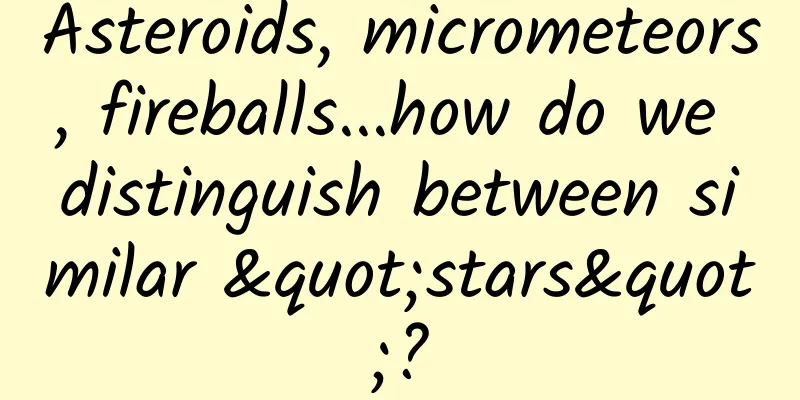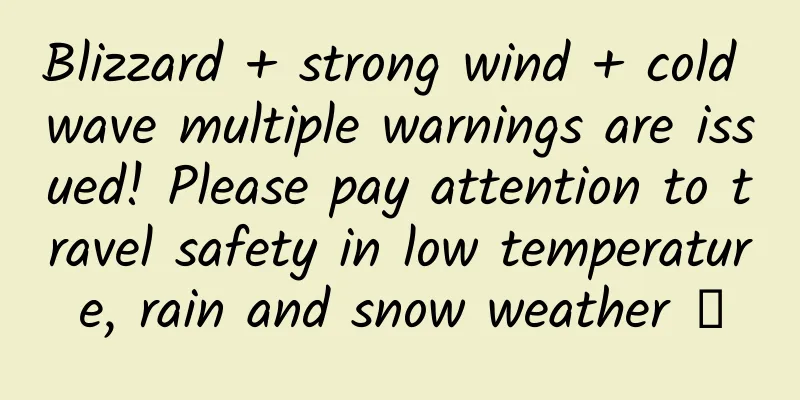Asteroids, micrometeors, fireballs...how do we distinguish between similar "stars"?

|
According to the solar nebula theory, the solar system is a nebula disk composed of dust and gas, which was formed by accretion under the action of gravity. Most of the matter in the solar nebula formed the sun, the eight planets and their satellites and dwarf planets, forming the main structure of the solar system. The remaining "bricks and tiles" scattered in orbit formed the small celestial bodies scattered all over the sky. Figure 1 From the Solar Nebula to the Solar System Small celestial bodies are celestial bodies that orbit the sun and are significantly smaller in size and mass than planets and dwarf planets. Small celestial bodies include asteroids and comets. Comets contain more volatile substances such as water ice, and when they are close to the sun, a bright tail can generally be observed. Figure 2 Asteroids (left) and comets (right) Asteroids and comets with a diameter of less than 1 meter are also called micrometeoroids. Meteors are the luminous phenomena produced by small celestial bodies and micrometeoroids entering the Earth's atmosphere at high speed. Meteor showers are the phenomenon that when a group of meteors encounters the Earth, people will see a significant increase in meteors in a certain area of the sky. The parent body of a meteor shower is generally believed to be a comet. Figure 3 Meteor shower Fireballs are the luminous phenomena produced when a large meteor enters the lower atmosphere and continues to burn without completely burning in the upper atmosphere. Not only are they extremely bright, but sometimes they also make sounds. Meteorites are formed when meteoroids fall on land. Meteorites are an important source of samples for human research on asteroids. Figure 4 Fireball (left) and meteorite (right) In terms of material origin, asteroids, like the eight planets, originated from the solar nebula, so their material composition is basically the same. However, due to their small size, most asteroids have not experienced differentiation, nor weather and geological phenomena such as clouds, rain, volcanoes, and earthquakes. Therefore, most asteroids still retain the original material composition of the early formation of the solar system. The exploration of asteroids is of great significance to the study of major scientific issues such as the origin and evolution of the solar system, the origin of life and water on Earth, etc. Okay, now do you understand the differences and connections between these concepts? |
<<: Special: 30 pictures, farewell to 2023
Recommend
Toutiao officially launches CPA (cost-per-acquisition) model
The conversion cost is sometimes high and sometim...
How big is the largest earthquake in human history? What is the limit of earthquakes?
The China Earthquake Networks Center officially d...
From a market value of hundreds of billions to the brink of delisting, Guanghui Auto, which has been struggling to transform, has put an end to the 4S store era
Friends who like to watch domestic basketball lea...
World Tsunami Awareness Day | How to deal with the ocean’s “violent temper”?
Today is World Tsunami Awareness Day. When a tsun...
11 dams blocked the century-old flood. The city built by "Zhejiang people" 5,000 years ago was so powerful!
More than 5,000 years ago, the wise Liangzhu peop...
Is it my hair that I'm losing? No, it's probably diamonds!
“A diamond is forever.” Diamonds are highly sough...
What’s the advantage of Durex’s operating model?
"A bit of a gentleman, a bit of a naughty bo...
What happened to Japanese manufacturing? Nissan suspends six production lines to investigate quality inspection chaos
Nissan Motor Company booth data map In the next t...
Should financial enterprises use public cloud, private cloud, or hybrid cloud for cloud computing applications? What are the differences?
As the first cloud computing service provider in ...
I received a box of hairy crabs, but I can’t finish them. What should I do?
"When the autumn wind blows, the crabs' ...
5 ways to express your creative advertising skills!
In 2014, Tim Collins published " 100 ways to...
Xiaopeng G6 and Zhiji LS6, a showdown between the two old sixes, which one is better at a price of 230,000 yuan?
As the two most popular pure electric SUVs in the...
A basket of important achievements! China's Sky Eye challenges the standard model of interstellar magnetic field
The "big pot" in Guizhou has recently p...
Cable TV was surpassed by broadband and then by Internet TV
Cable TV was once the largest form of home entert...
If a bug lands on you, don’t slap it away casually, as it can be fatal!
today, Topic #Don't slap bugs when they land ...









